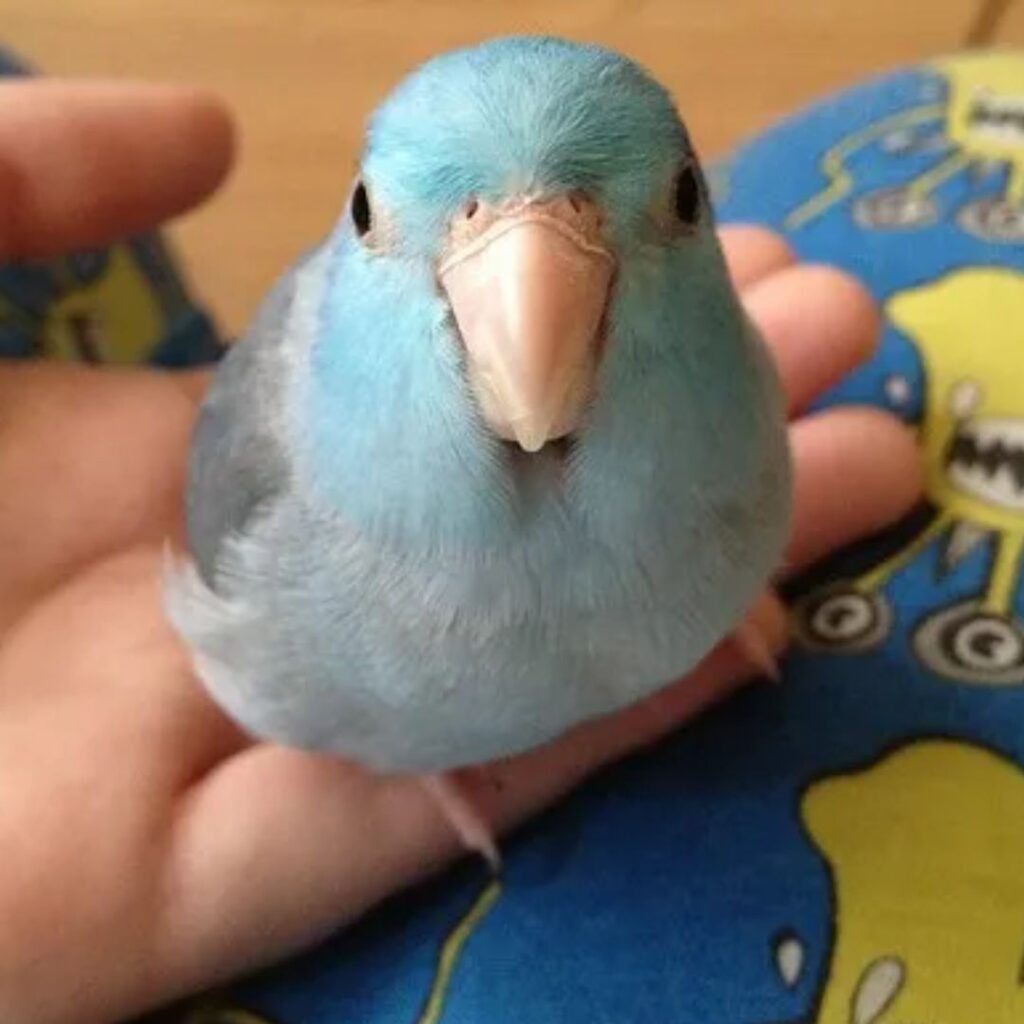
Parrots are known for their vibrant colors, intelligence, and diverse diet. As pet owners, we often wonder about the best dietary choices for our feathered friends. One common question that arises is whether parrots can eat lettuce. In this detailed guide, we will explore the nutritional benefits, potential risks, and proper ways to include lettuce in a parrot’s diet.
Also Read: Can Parrots Eat Cantaloupe?
Nutritional Benefits of Lettuce for Parrots
Lettuce is a popular leafy green vegetable that many people enjoy in salads and sandwiches. But what about parrots? Let’s examine the nutritional content of lettuce and how it can benefit your parrot’s health.
Vitamins and Minerals
Lettuce is rich in essential vitamins and minerals that are beneficial for parrots. These include:
- Vitamin A: Important for vision, immune function, and skin health.
- Vitamin K: Crucial for blood clotting and bone health.
- Folate: Supports cell division and growth.
- Calcium: Essential for strong bones and eggshell production in female parrots.
- Iron: Vital for oxygen transport in the blood.

Hydration
Lettuce has a high water content, which can help keep your parrot hydrated, especially during hot weather. Proper hydration is vital for maintaining overall health and preventing dehydration-related issues.
Low Calories
Lettuce is low in calories, making it an excellent choice for parrots that need to maintain a healthy weight. Obesity in parrots can lead to various health problems, so incorporating low-calorie foods like lettuce can be beneficial.
Types of Lettuce Suitable for Parrots
Not all lettuce varieties are created equal. Some types are more nutritious than others and are better suited for your parrot’s diet. Here are the most common types of lettuce and their suitability for parrots:
Romaine Lettuce
Romaine lettuce is one of the most nutritious varieties. It is high in vitamins A and K, as well as folate and calcium. Romaine lettuce’s robust nutritional profile makes it an excellent choice for parrots.
Butterhead Lettuce
Butterhead lettuce, which includes varieties like Bibb and Boston lettuce, is also a good option. It is rich in vitamins and minerals and has a soft texture that parrots may find appealing.
Leaf Lettuce
Leaf lettuce, including green leaf and red leaf varieties, offers a good balance of nutrients. It is less crunchy than romaine but still provides essential vitamins and minerals.

Iceberg Lettuce
Iceberg lettuce is the least nutritious option among the common lettuce varieties. It has a high water content but lacks significant amounts of vitamins and minerals. While it can be offered occasionally, it should not be a staple in your parrot’s diet.
Also Read: Can Birds Eat Celery?
Potential Risks of Feeding Lettuce to Parrots
While lettuce can be a healthy addition to your parrot’s diet, there are some potential risks to be aware of:
Pesticide Residue
Lettuce, like many other leafy greens, can contain pesticide residues. It is crucial to thoroughly wash lettuce before feeding it to your parrot. Consider buying organic lettuce to reduce the risk of pesticide exposure.
Digestive Issues
Some parrots may experience digestive issues when introduced to new foods, including lettuce. Start with small amounts and observe your parrot for any signs of gastrointestinal distress, such as diarrhea or vomiting.
Nutrient Imbalance
While lettuce is nutritious, it should not be the sole component of your parrot’s diet. Parrots require a balanced diet that includes a variety of fruits, vegetables, seeds, and pellets. Over-reliance on lettuce can lead to nutrient imbalances.
How to Safely Introduce Lettuce to Your Parrot’s Diet
Introducing lettuce to your parrot’s diet can be done safely by following these guidelines:

Wash Thoroughly
Always wash lettuce thoroughly to remove any dirt, bacteria, or pesticide residues. Soaking the leaves in a solution of water and vinegar can help eliminate potential contaminants.
Chop into Small Pieces
Chop the lettuce into small, manageable pieces to make it easier for your parrot to eat. This also helps prevent choking hazards.
Serve Fresh
Offer fresh lettuce to your parrot, as wilted or spoiled lettuce can cause digestive issues. Remove any uneaten lettuce from the cage after a few hours to prevent spoilage.
Start Slowly
Introduce lettuce gradually, starting with small amounts. Monitor your parrot for any adverse reactions and adjust the quantity accordingly.
Balancing Lettuce with Other Foods
A well-balanced diet is crucial for your parrot’s overall health. Lettuce can be a part of this balanced diet when combined with other nutritious foods.

Fruits and Vegetables
In addition to lettuce, offer a variety of other fruits and vegetables. Examples include carrots, bell peppers, apples, and berries. These provide different vitamins, minerals, and antioxidants that are essential for your parrot’s health.
Seeds and Nuts
Seeds and nuts are an important part of a parrot’s diet but should be given in moderation due to their high-fat content. Examples include sunflower seeds, almonds, and walnuts. They provide healthy fats and proteins.
Pellets
Commercially available parrot pellets are formulated to provide balanced nutrition. They should make up a significant portion of your parrot’s diet, along with fresh foods.
Also Read: Can Parrots Eat Raisins?
Conclusion: Can Parrots Eat Lettuce?
Yes, parrots can eat lettuce, but it should be offered as part of a balanced diet. Romaine, butterhead, and leaf lettuces are the best choices due to their higher nutritional content. Iceberg lettuce can be given occasionally but is not recommended as a staple. Always wash lettuce thoroughly, chop it into small pieces, and introduce it gradually. By providing a variety of foods, you can ensure that your parrot receives the necessary nutrients for a healthy and happy life.
Pingback: Can Parrots Eat Cheese? | Pet Care Sensei